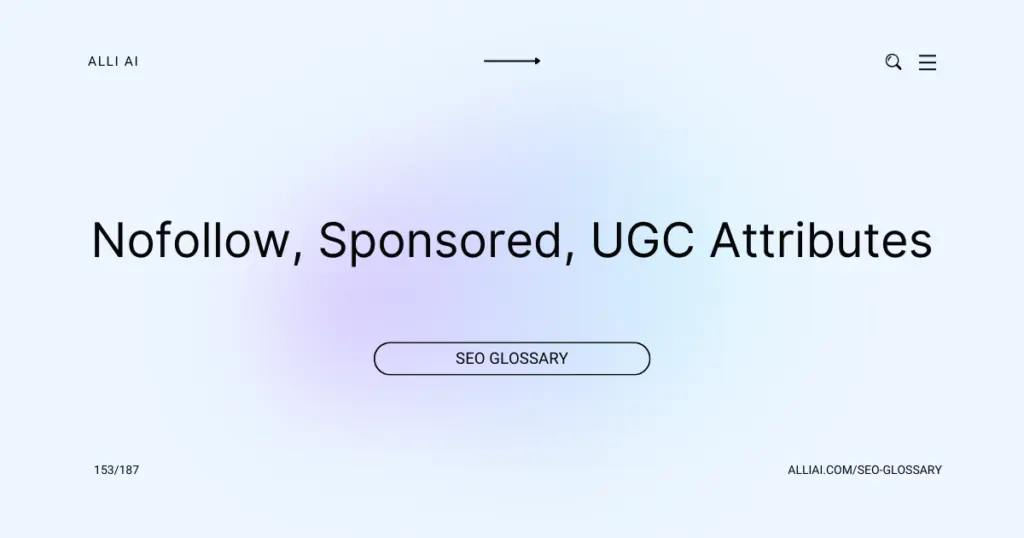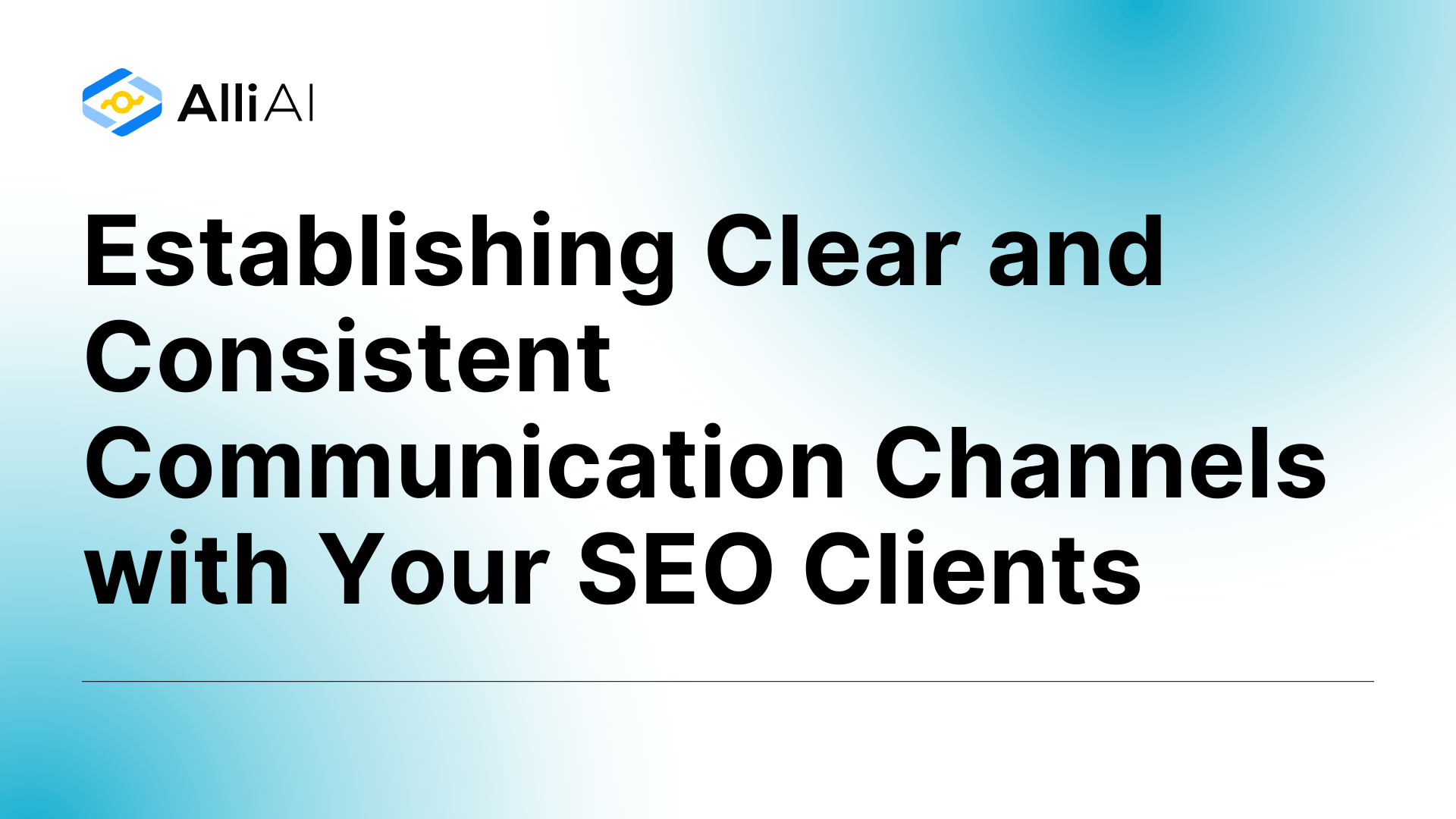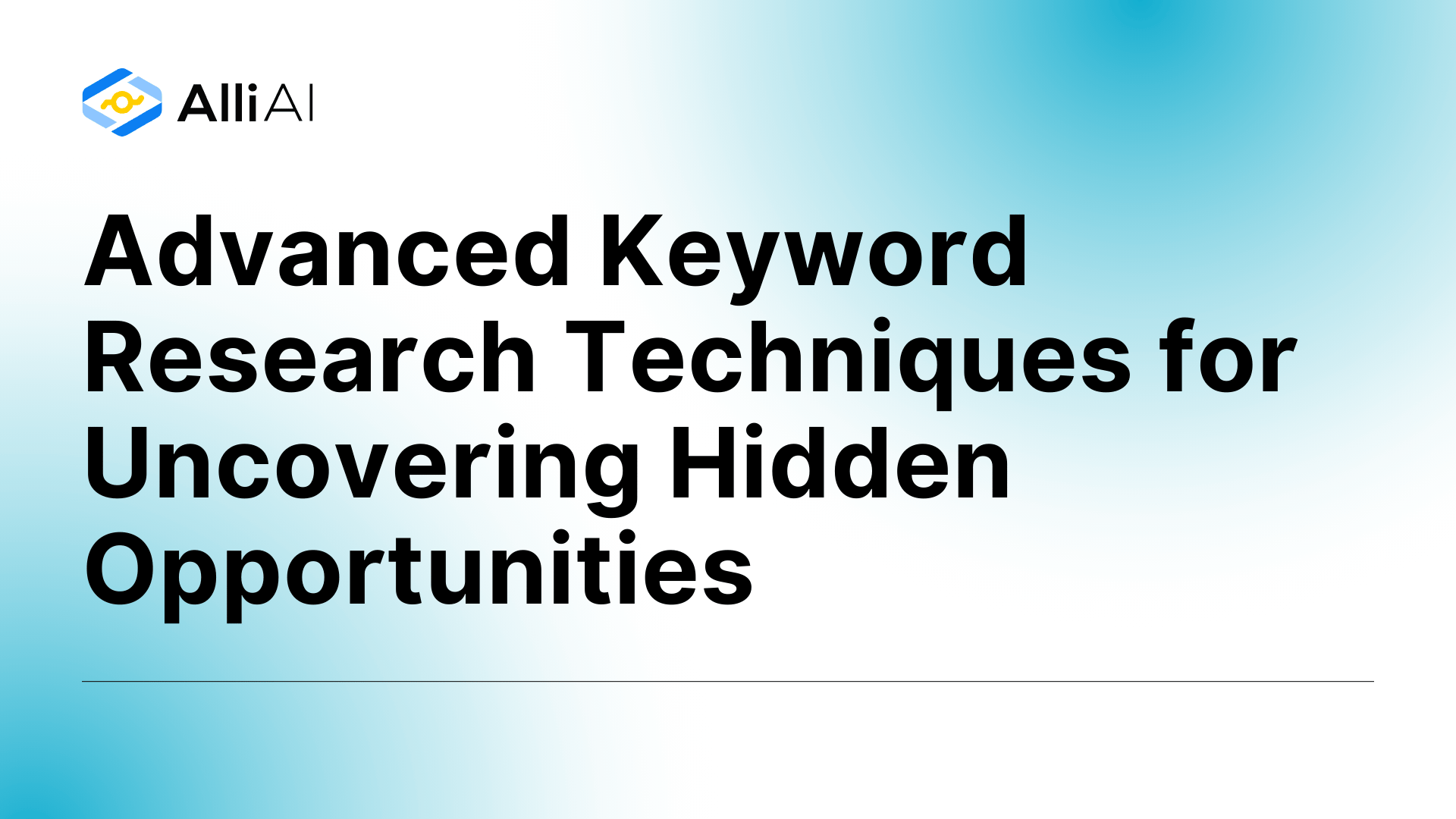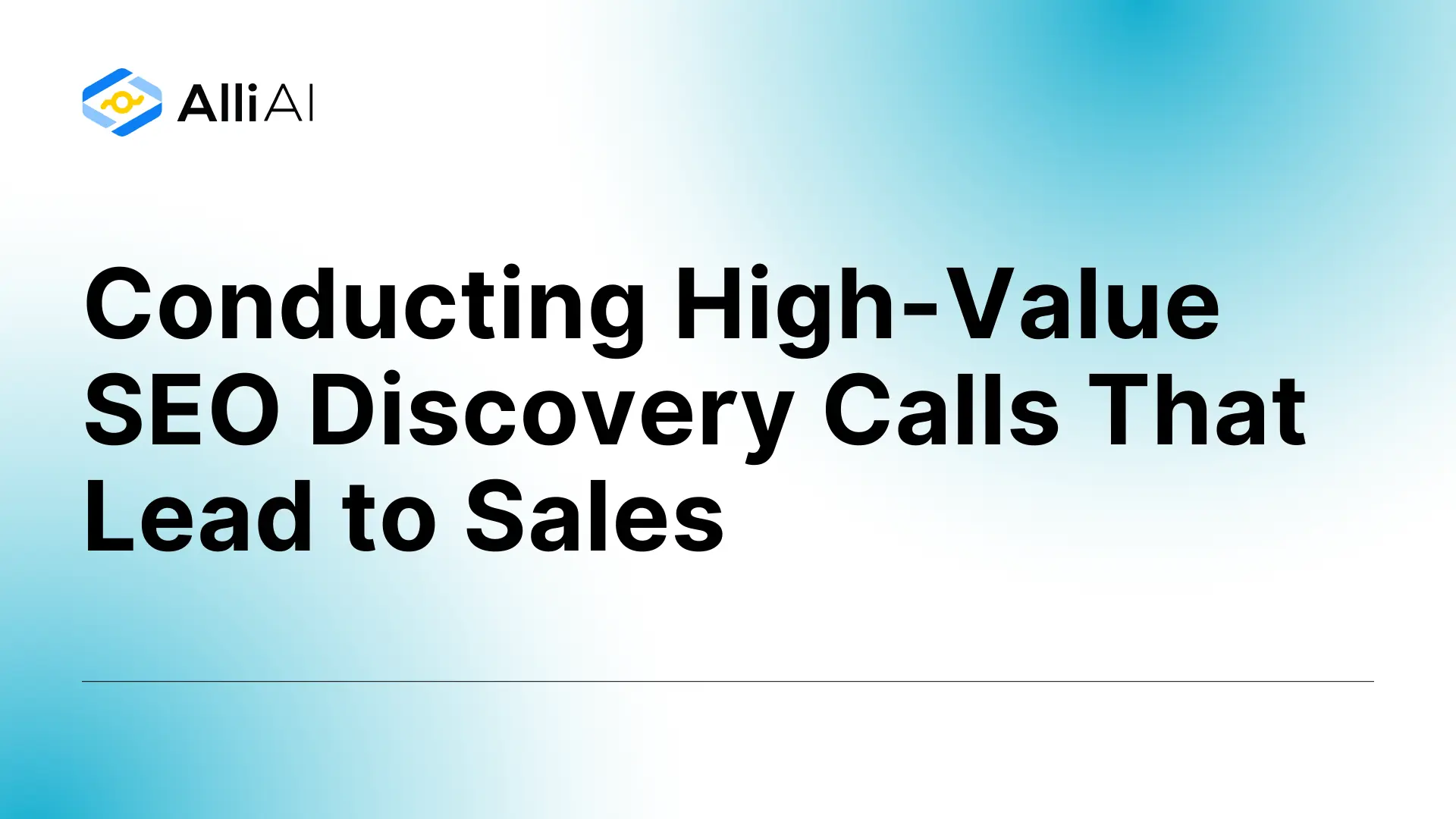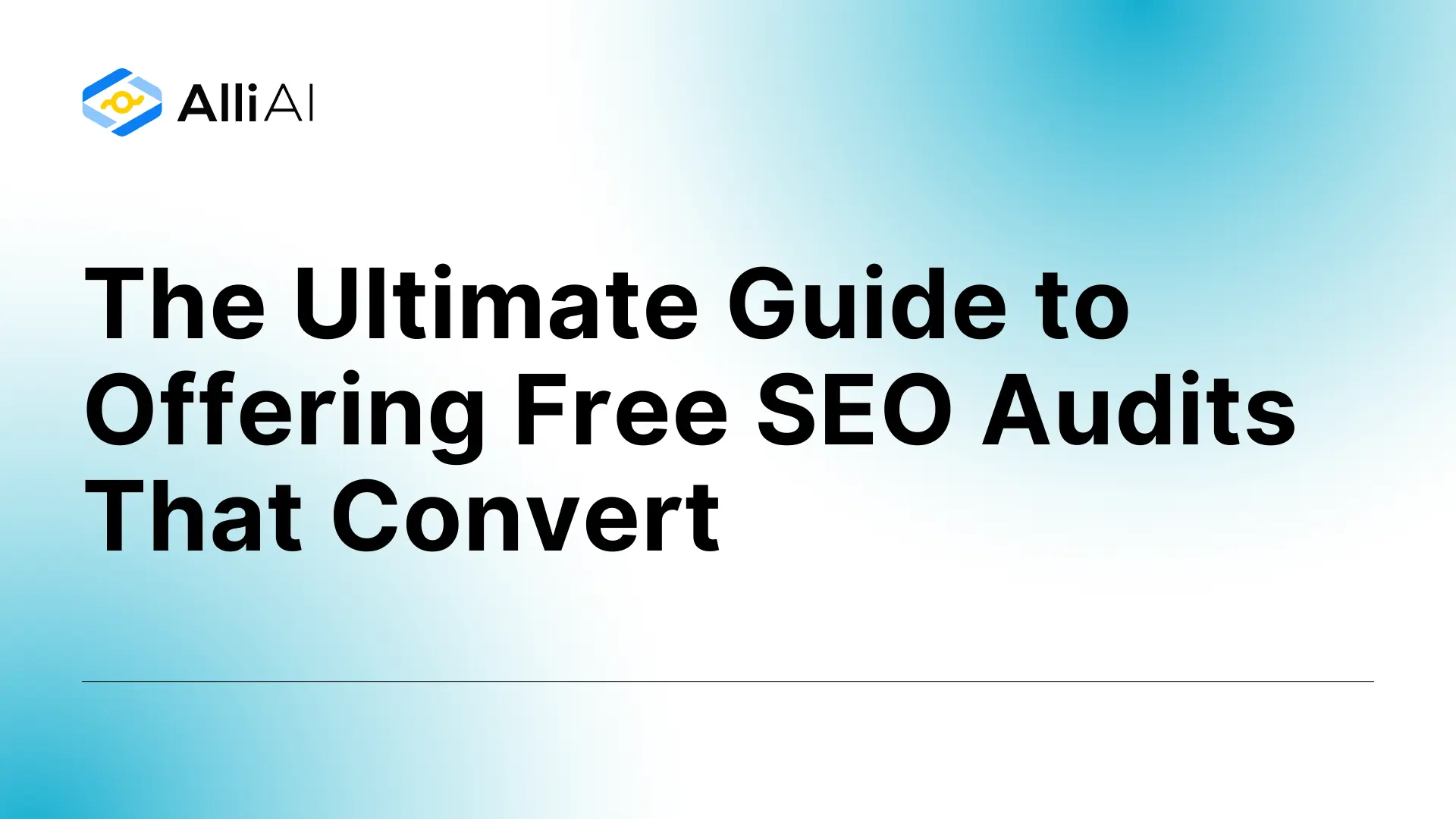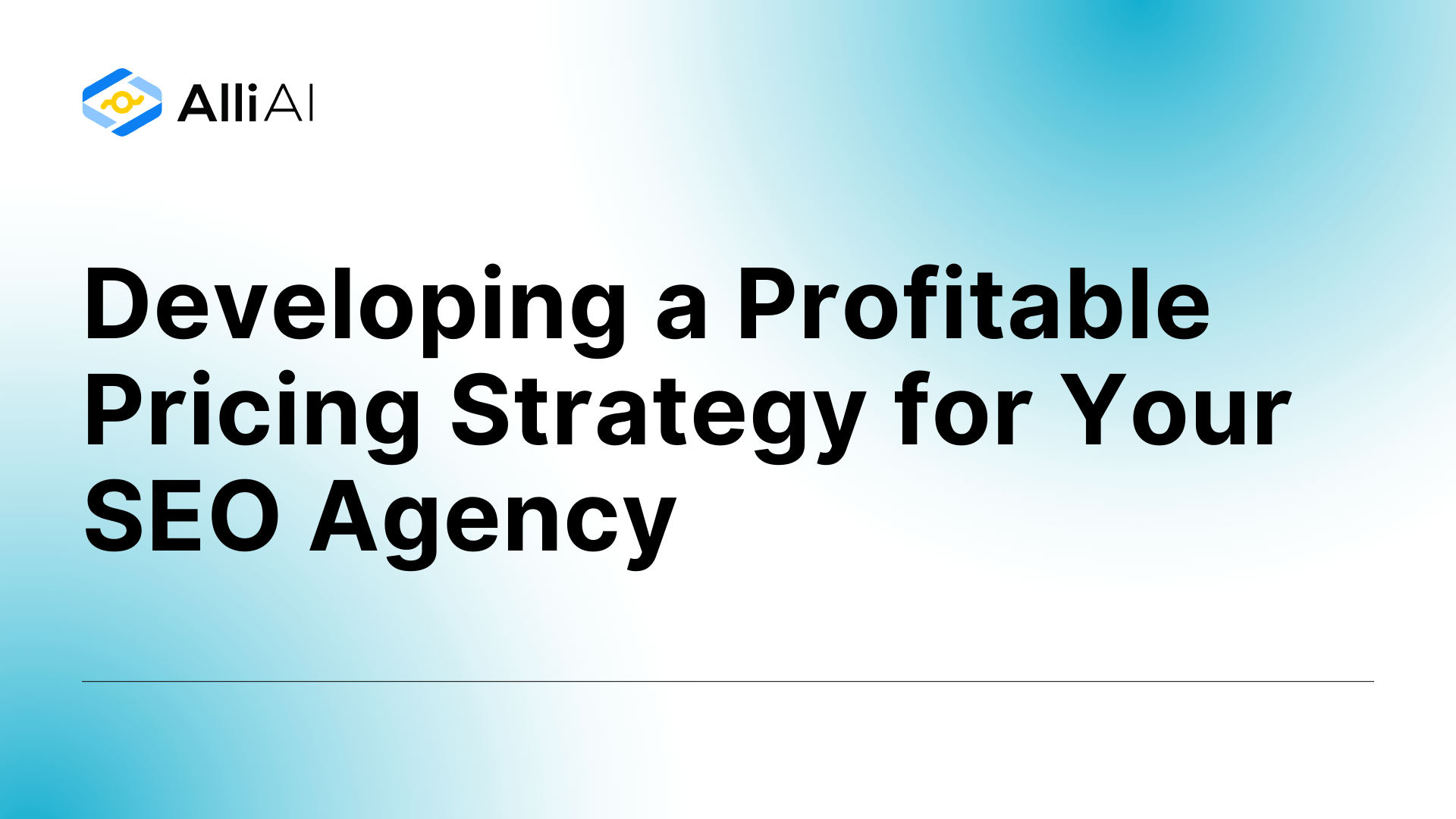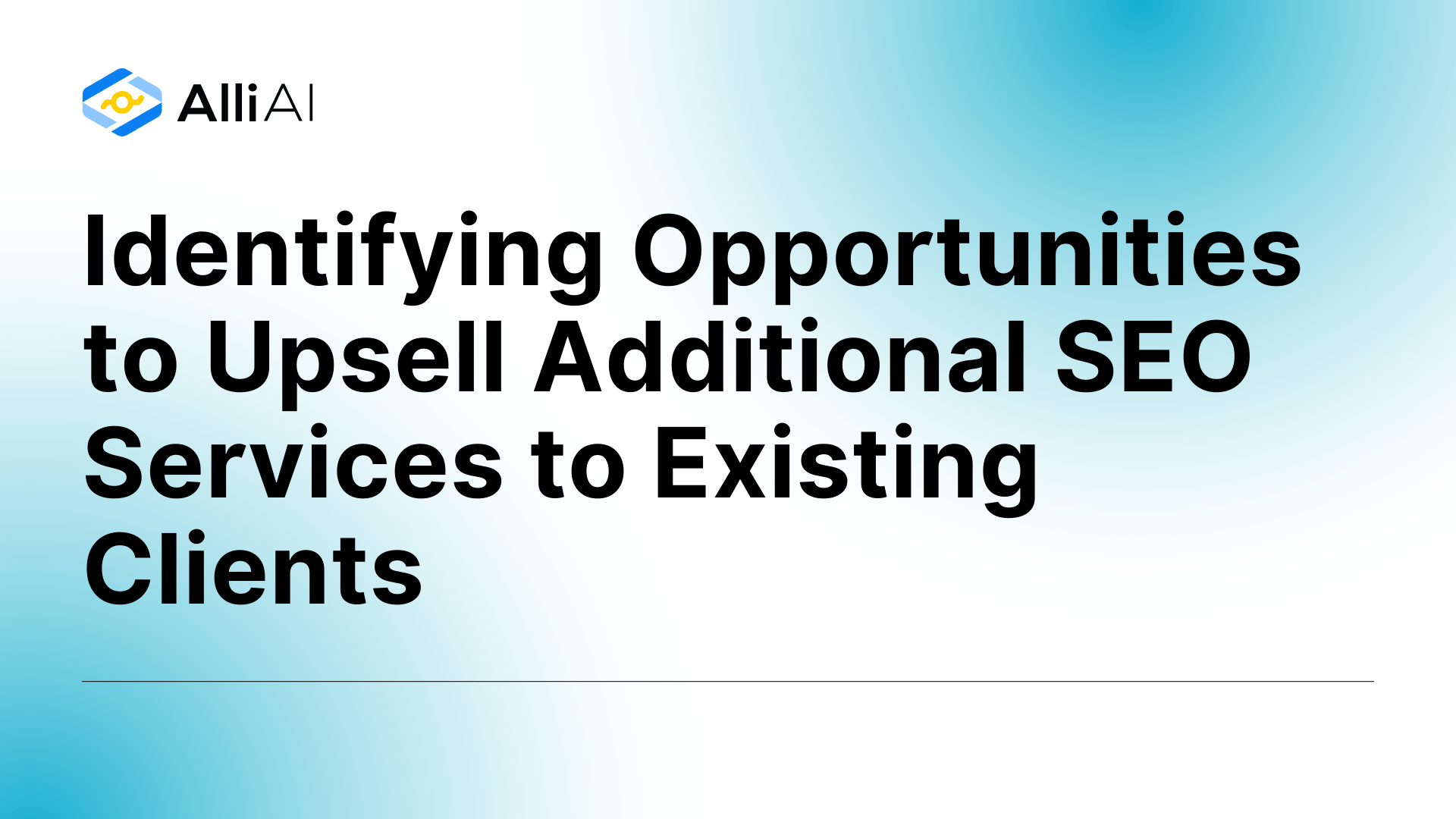What Does Nofollow, Sponsored, UGC Attributes Mean?
Here’s a simple explanation of the Nofollow, Sponsored, and UGC attributes used in HTML links: 1. Nofollow: This attribute is used to tell search engines not to follow a particular link. This means that the link won’t directly influence the ranking of the linked page in the search engine’s index. It’s typically used when you don’t want to endorse a link or pass along ranking credit to another page. 2. Sponsored: This attribute is used to identify links on your site that are advertisements or paid sponsorships. It informs search engines that the link was created as part of a commercial agreement and not organically. This is important to maintain transparency and honesty in your website’s content, which search engines value. 3. UGC (User Generated Content): This attribute is used for links that are part of content created by users, such as comments or forum posts. It tells search engines that the link may not be a trusted or intentionally placed editorial link, reducing the potential for such links to manipulate search rankings. These attributes help search engines understand the nature of links and provide more accurate and fair search results.
Where Does Nofollow, Sponsored, UGC Attributes Fit Into The Broader SEO Landscape?
Nofollow, Sponsored, and UGC (User Generated Content) attributes are tags added to links to provide search engines with additional context about the nature of the links, influencing link equity in SEO strategies.
1. Nofollow: This attribute tells search engines to ignore a link in terms of passing on link equity or “link juice.” It’s primarily used when linking to untrusted content or in paid-link scenarios, where passing on authority is not desired. This helps maintain the integrity of your website’s SEO by not associating it closely with potentially harmful or low-quality external content.
2. Sponsored: Introduced to specifically identify links on your site that are advertisements or paid placements, the `rel=”sponsored”` attribute clarifies to search engines that the link is part of a commercial agreement and not an organic endorsement. This attribute is essential for compliance with search engines’ guidelines, ensuring transparency and avoiding penalties associated with undisclosed paid links.
3. UGC: The `rel=”ugc”` attribute is used for links that originate from user-generated content such as comments and forum posts. This attribute tells search engines that the link may not be representative of the endorsing site’s quality or viewpoint, thus providing a safeguard against potentially harmful links that could affect a site’s ranking. It’s a way to differentiate between the content directly created by the site owners and content submitted by users.
In the broader SEO landscape, these attributes help manage how search engines perceive the links to and from a site, aiding in maintaining a healthy link profile and enhancing Search Engine Results Page (SERP) positions by following best practices for transparency and trustworthiness.
Real Life Analogies or Metaphors to Explain Nofollow, Sponsored, UGC Attributes
1. Nofollow: Think of a nofollow link as a road sign that says “Do Not Enter” for search engine bots, telling them not to follow the link to its destination. It’s like having a private conversation that you don’t want to be overheard or noted down.
2. Sponsored: Imagine placing a “Sponsored” tag on a link like branding a race car with sponsor logos. Just as the logos tell viewers who financed the car, the sponsored attribute tells search engines that money exchanged hands, influencing the link’s placement.
3. UGC (User Generated Content): UGC links are like recommendations from a crowd of people at a party. If you overhear a recommended movie or restaurant, you understand it’s just casual talk – not a professional endorsement. This attribute tells search engines to view these links as casual mentions, not authoritative prescriptions.
How the Nofollow, Sponsored, UGC Attributes Functions or is Implemented?
1. Nofollow Attribute (`rel=”nofollow”`):
– Purpose: Instructs search engines not to follow links or pass link equity.
– Implementation: Added to individual `` tags.
– Example: `Link`
– Effect: Links are not counted as votes or endorsements for the linked page, impacting the page’s ranking.
2. Sponsored Attribute (`rel=”sponsored”`):
– Purpose: Identifies links on a site that are advertisements or paid placements.
– Implementation: Applied to `` tags for paid or promotional links.
– Example: `Link`
– Effect: Tells search engines that the link is part of an advertisement or sponsorship, not influencing SEO through link equity.
3. UGC Attribute (`rel=”ugc”`):
– Purpose: Marks links within user-generated content, like comments and forum posts.
– Implementation: Added to `` tags within user-generated sections.
– Example: `Link`
– Effect: Indicates to search engines that the link comes from user-generated content, which may not necessarily represent the site’s endorsement of the linked content.
Impact Nofollow, Sponsored, UGC Attributes has on SEO
1. Nofollow: When applied to links, the `rel=”nofollow”` attribute signals to search engines not to pass any PageRank or link equity through to the linked page. This means that these links do not contribute to the search rankings of the target page. The use of nofollow can influence the link equity distribution of a site, which may shift SEO focus towards more valuable, followable links.
2. Sponsored: The `rel=”sponsored”` attribute is used to identify links on a site that are advertisements or paid placements. This helps in complying with search engine guidelines by clearly categorizing paid links, ensuring they don’t pass authority or influence rankings. For SEO, using this attribute properly prevents penalties associated with undisclosed paid links.
3. UGC (User Generated Content): The `rel=”ugc”` attribute is designed for links that appear within user-generated content, such as comments and forum posts. This attribute tells search engines that the link may not be a trusted endorsement, as it is user-created, so it should not influence the ranking of the linked page. By managing how search engines perceive these links, it ensures that user-generated links do not harm the site’s reputation or SEO performance.
4. User Experience: Using these attributes clarifies the nature of outbound links to both users and search engines, potentially improving the trustworthiness and credibility of a website. Properly labeling paid and UGC links enhances transparency, which can positively affect user perception and behavior on-site.
SEO Best Practices For Nofollow, Sponsored, UGC Attributes
1. Identify the Links: Review the external links on your website to determine which ones lead to another site or could be interpreted by search engines as paid or non-editorial.
2. Decide Link Type:
– Nofollow: Use if the link may not be trusted, is paid, or not editorially given.
– Sponsored: Use if the link was created as part of advertisements, sponsorships or other compensation agreements.
– UGC: Use for links that are part of user-generated content, such as comments and forum posts.
3. Edit the HTML Code:
– For Nofollow: Add `rel=”nofollow”` to the `` tag of the respective link.
– For Sponsored: Add `rel=”sponsored”` to the `` tag.
– For UGC: Add `rel=”ugc”` to the `` tag.
4. Implement Combination Attributes: If a link qualifies for more than one attribute, include both in the `rel` attribute, separated by a space. For example: `rel=”nofollow ugc”`.
5. Apply to Relevant Links: Ensure all applicable links across your site contain the correct attribute in the HTML code of each link.
6. Test the Links: After updating, verify that the links function correctly and that the added attributes are properly implemented into the tag.
7. Monitor the Impact: Use analytics and SEO tools to track how these changes impact your traffic, rankings, and other SEO elements.
Common Mistakes To Avoid
1. Misuse of Nofollow Attribute:
– Pitfall: Overuse on internal links can prevent search engines from properly crawling and indexing a site.
– Avoidance: Use nofollow selectively, primarily for external links that you do not want to endorse.
2. Incorrect Implementation of Sponsored Attribute:
– Pitfall: Failing to tag sponsored links could be interpreted as an attempt to manipulate search engine rankings.
– Avoidance: Always use ‘rel=”sponsored”‘ for paid or promotional links to comply with webmaster guidelines.
3. Neglecting UGC Attribute in User-Generated Content:
– Pitfall: Not using UGC attributes in user-generated content links can lead to search engines penalizing your site for spammy links.
– Avoidance: Implement ‘rel=”ugc”‘ for links within user-generated content like comments and forum posts.
4. Mixing Attributes Incorrectly:
– Pitfall: Combining nofollow, sponsored, and UGC attributes imprudently can send mixed signals to search engines.
– Avoidance: Understand when each attribute is needed and use appropriately without overlapping unless absolutely necessary.
5. Failing to Update Attributes:
– Pitfall: Not updating attributes as relationships with linked content change (e.g., a sponsored link becoming an organic link).
– Avoidance: Regularly review and update the attributes as needed to reflect the current nature of the link.
6. Overlooking the Impact on Link Equity:
– Pitfall: Unawareness that nofollow and other directives limit the flow of link equity, potentially affecting page rank distribution.
– Avoidance: Strategically decide which links to tag with which attributes, balancing risk and SEO benefits.
7. Inconsistent Application Across the Site:
– Pitfall: Applying these attributes inconsistently can lead to SEO inefficiencies and potential manual actions.
– Avoidance: Develop a clear site-wide policy for when and how to use each attribute and ensure it is consistently applied.
